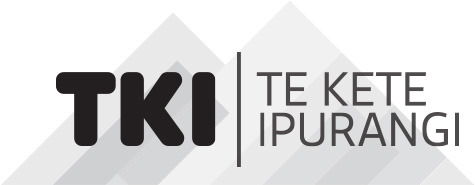Practical guidance for Aotearoa kaiako and educational leaders. Check out our range of guides, helping you to plan for the diverse learning and wellbeing needs of all ākonga.
Why an inclusive learning community?
Children and young people learn best when they feel accepted, when they enjoy positive relationships with their fellow learners and teachers, and when they are able to be active, visible members of the learning community.
Enacting Te Tiriti o Waitangi principles, inclusive learning communities do the right thing by learners and communities (tika), with integrity (pono) and with care and sincerity (aroha).
An inclusive learning community:
- equips educators with knowledge and strategies to deliver a rich, engaging curriculum in an adaptive and personalised way
- harnesses collective knowledge, wisdom and experiences of parents and whānau and members of the community
- actively seeks, values, and respects diverse representation, views and experiences in learners, staff, and boards
- builds collective curiosity, intelligence, inquiry and critical thinking to engage all learners in meaningful learning.

![11515 [Leaving-school3.JPG]](https://inclusive-live-storagestack-assetstorages3bucket-3uty0hejzw6u.s3.ap-southeast-2.amazonaws.com/public/inclusive-education/guides/featured-images/Leaving-school3__ScaleMaxWidthWzEwNF0.JPG)

![11439 [Maori-students.jpg]](https://inclusive-live-storagestack-assetstorages3bucket-3uty0hejzw6u.s3.ap-southeast-2.amazonaws.com/public/inclusive-education/guides/featured-images/Maori-students__ScaleMaxWidthWzEwNF0.jpg)
![11449 [Universal-Design-for-Learning-002.jpg]](https://inclusive-live-storagestack-assetstorages3bucket-3uty0hejzw6u.s3.ap-southeast-2.amazonaws.com/public/inclusive-education/guides/featured-images/Universal-Design-for-Learning-002__ScaleMaxWidthWzEwNF0.jpg)

